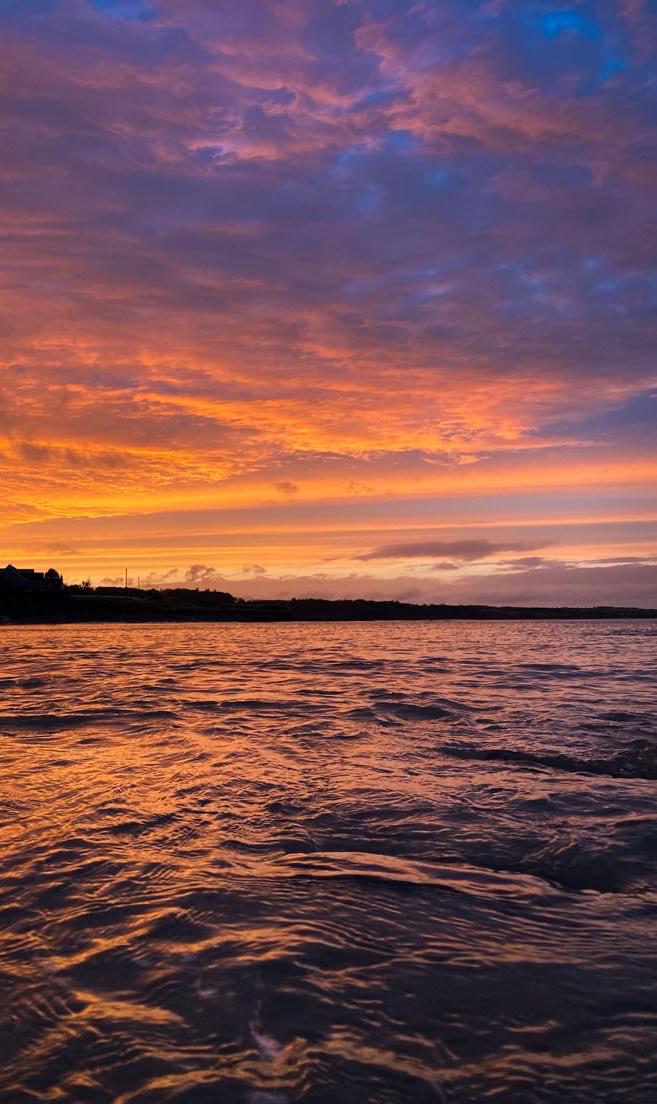Page 13
Water
Do Rivers Have Rights? The Legal Standing of Rivers as a Reflection of the Societies in Which They Flow By Aoibh Manning, JS Law & French We do not give rights to nature, nature has rights. This assertion, often espoused by environmentalists, raises the question – when it comes to the rights of rivers, is it a matter of giving, or merely recognising? When we think of rights, we think of the freedoms and protections accorded to individuals by law, but there are rights that go beyond this. Such rights are universal and timeless, not limited by the limits of the law – moral rights. Some argue that the inherent moral rights of nature, derived from its intrinsic value, render the attribution of legal rights a simple task of recognition. Equally, others have rejected this conception, upholding the idea that moral rights are distinct to humans. However, this does not preclude the granting of legal rights to non-human elements of nature. Irrespective of moral understandings, an externalist strategy can be employed, and this legal structure utilised as a defining framework to protect rivers and the ecosystems that revolve around them. This approach has already been adopted in several countries outside of Europe, with a clear intersection developing between the rights of rivers and those of indigenous peoples. Yet, as political scientist Mihnea Tănăsescu has pointed out, this does not stem from any philosophical affinity between the two, especially as rights are a typically Western legal category. Even still, a strategic relationship between the rights of rivers and indigenous communities has developed. Intersection of the Rights of Indigenous Peoples and the Rights of Rivers The Māori cosmovision of New Zealand’s indigenous community reflects the intrinsic value of nature. By rejecting the hierarchical conception of anthropocentric visions, these communities perceive humans as an integral part of nature, viewing the relationship between themselves and elements of nature like that of family - “I am the river and the river is me.” But how has this cosmological understanding contributed to the legal manifestation of rights for rivers? Since the end of the 19th century, the Māori have been fighting to defend the interests of the Whanganui river, using the legal tools available in the system imposed in their country. In 2017, following one of New Zealand’s longest-running court cases, the river was granted a legal personality and an official acceptance of the Māori cosmovision was observed in terms of jurisprudence. This was crucial to the process of regaining the reciprocal relationship with the river that had been lost during colonisation. It could be argued that this attribution is more related to the protection of the indigenous community than the river itself. While such anthropocentric leanings are evident in the sense that these rights were conceived as a means to better protect the rights of the indigenous community and their cosmovision, the cosmovision itself offers a non-anthropocentric view of nature. As such, accepting these indigenous narratives into legal texts brings with it a recognition of living entities with intrinsic values. It becomes a matter of “protecting the cosmovision that protects the environment,” as posited by Catherine Mallaganes.




















